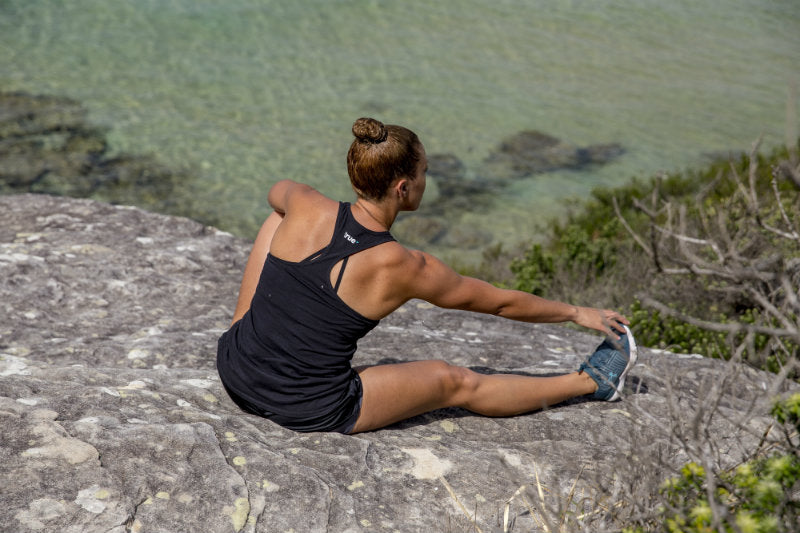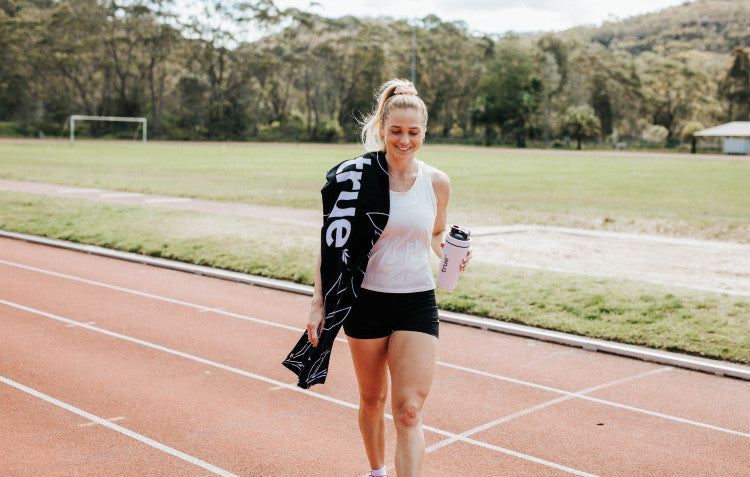What is foam rolling?
Foam rolling can be described as the process of applying a self-myofascial release to individual muscles in order to relax tight muscles and adhesions formed between muscle layers and their surroundings. In simpler terms, foam rolling is the act of massaging yourself on a foam roller in order to reduce muscle tightness.
The effect foam rolling has is similar to that of a sports massage, and at a fraction of the cost (time & money)! You can find foam rollers at sporting goods stores for anywhere between $15 - $99, depending on size, thickness & quality.
How does foam rolling help?
Foam rolling will help stretch muscles, break down soft tissue adhesions and scar tissue, and promote circulation to soft tissue. These effects will help alleviate muscle tightness, promote comfort and reduce the risk of injury.
Foam rolling is still a relatively new technique in the health and fitness industry, but its importance cannot be stressed enough. Personally, foam rolling has revolutionized my training, because the constant feeling of tightness has gone, I’ve been able to train more regularly with less discomfort and I’m feeling healthier and stronger overall. I can’t guarantee the same game-changing results for you, but I highly recommend giving foam rolling a go. Here’s how to go about it;
-
Roll slowly over affected areas (e.g. quads) for around 30 seconds at a time.
-
At spots with high discomfort (trigger points), roll slower and stay on the point until the muscle releases.
-
Targeting trigger points will cause discomfort, this is normal. The discomfort may even be felt in other areas of the body, e.g. if you are applying pressure to a trigger point in your IT band, you may feel a slight pain in your hip or down your leg.
-
Trigger point causes include; training, flexibility, movement patterns, posture, nutrition, hydration, stress, rest, and other lifestyle factors.
-
Pain should be uncomfortable, but not unbearable. If the pain is unbearable, try and release the areas immediately surrounding the trigger point first.
-
Once the trigger point is released, move on to the next area.
-
For smaller muscles, a tennis ball or your fingertips will be more effective.
-
Make sure to target your calves, Iliotibial band, Piriformis, Hamstrings, Adductors, and Quadriceps.



